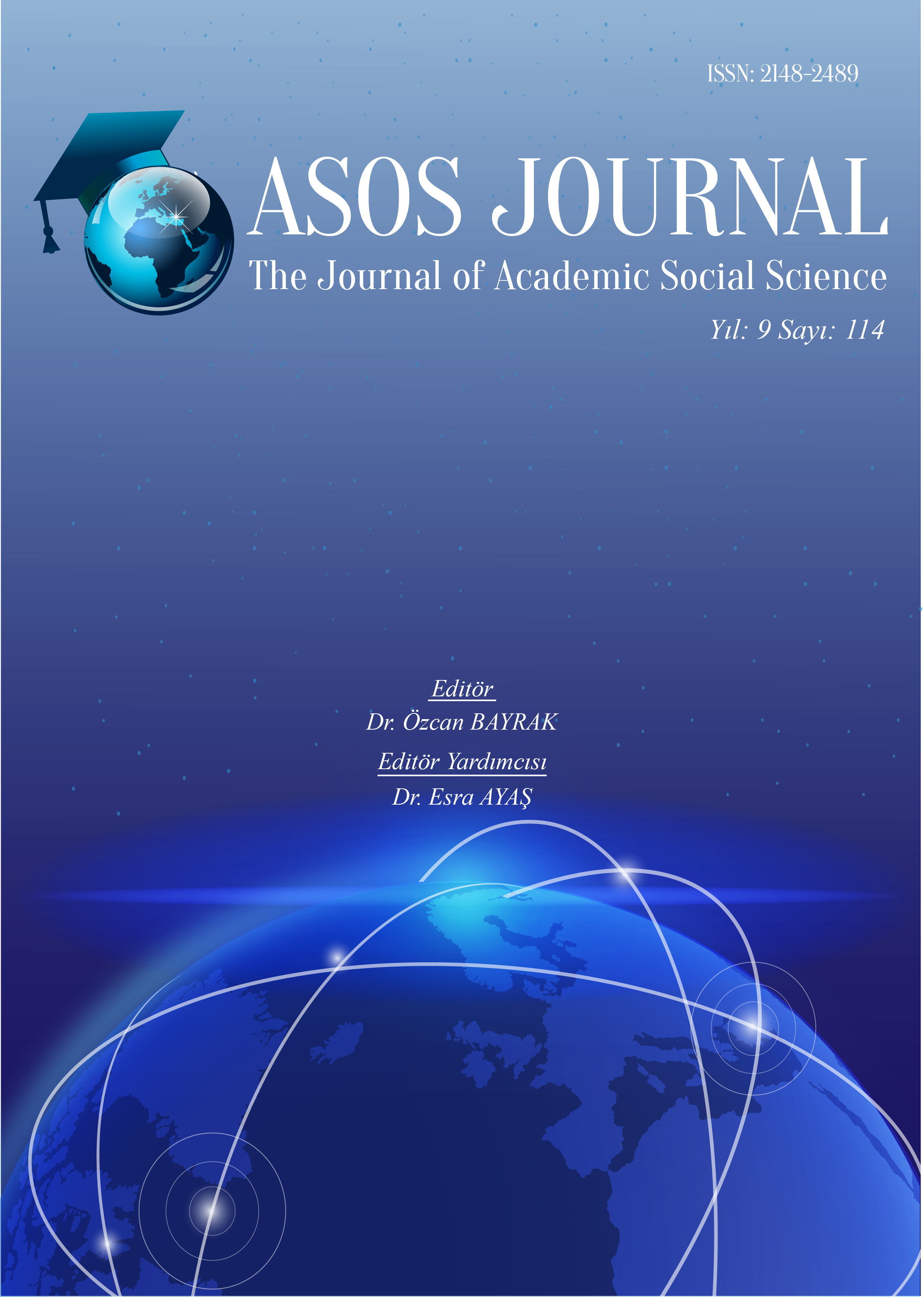Author :
Abstract
Kutsal Roma Cermen İmparatoru VI. Charles'ın (1685-1740) bir erkek varisi yoktu. Bu nedenle VI. Charles, veraset hakkını kızı Maria Theresa'ya aktarmak için 'Faydacı Müeyyide'yi devreye soktu ve Avrupa'nın başlıca devletlerine bunu kabul ettirdi. Bavyera Elektörü Charles Albert, imparatorluğun kendi hakkı olduğunu ve Maria Theresa'nın mutad veraset uygulamları içerisinde miras hakkı olmadığını dile getirerek karşı çıkmıştı. Bavyera iddiasına Fransa, İspanya, Prusya ve Wittelsbach Hanedanlığı'nın diğer üyeleri destek verirken; İngiltere, Hollanda ve Saksonya ise Maria Theresa'ya destek vermişti. Böylece iki tarafın cephe hattı oluşmuş ve Avusturya Veraset Savaşları (1740-1748) başlamıştı. Fransa, Osmanlı İmparatorluğu'nu oluşturduğu müttefik bloğunda yer alması için ikna etmeye çalışmış ancak bu çalışmalar sonuçsuz kalmıştı. Öte yandan Osmanlı İmparatorluğu tarihinde ilk kez arabuluculuk girişiminde bulunarak, veraset krizinin çözümüne katkı sunmak istemişti. Ama bu diplomatik girişimin istenileni vermemesi ve veraset savaşlarının Akdeniz'e sıçramasıyla Bâbıâli, imparatorluk sekreteryası görevi gören Mainz Elektörlüğü'nde bulunan elçilere Osmanlı karasularında savaşların cereyan etmemesi için bir 'nota' vermişti.
Keywords
Abstract
Holy Roman Emperor VI. Charles (1685-1740) did not have a male successor. Therefore VI. Charles issued the Pragmatic Sanction in order to transfer his right of succession to his daughter Maria Theresa and imposed it on the major states of Europe. But the Bavarian Elector Charles Albert objected, pretending the throne and claimed the Maria Theresa could not pretend the throne due to usual succession practices. While France, Spain, Prussia and other members of the Wittelsbach Dynasty supported the Bavarian claim; England, Netherlands and Saxony supported Maria Theresa. Thus, the front lines of the two sides were formed and the Wars of Austrian Succession (1740-1748) began. France tried to persuade the Ottoman Empire to take part in the ally bloc, but these efforts were inconclusive. On the other hand, for the first time in the history of the Ottoman Empire, the empire wanted to contribute to the solution of the crisis by attempting to mediate. However, as this diplomatic initiative did not give what was desired and the wars of succession spread to te Mediterranean, the Sublime Port send a diplomatic 'note' to envoys in the Mainz Elector, which served as the imperial secretariat, to prevent wars from taking place in Ottoman Territorail waters.
Keywords
- Black, Jeremy, (1990), Eighteenth Century Europe 1700-1789, Macmilan Education, Fisrt Published, New York.
- Black, Jeremy, (1999), From Louis XIV to Napoleon, The Fate of a Great Power, UCL Press, United Kingdom and United State, First Published.
- Black, Jeremy, (2004), Kings, Nobles and Commoners: States and Societies in Early Modern Europe: A Revisionist History, I. B. Tauris.
- Bregnsbo, Micheal, (2008), “The Scandinavian Kingdoms”, ed., Peter H. Wilson, A Companyto Eighteenth Century Europe, Blackwell PublishingLtd, First Published, Oxford, ss. 276-288.
- Brubaker, Rogers, (2009), Fransa ve Almanya’da Vatandaşlık ve Ulus Ruhu, (Çev. Vahide Pekel), Dost Kitabevi Yayınları, 1. Baskı, Ankara.
- Duffy, Christopher, (1985), Frederick The Great A Military Life, Routledge and Kegan Paul Publication, London.
- İzzî Süleyman Efendi, (2019), İzzî Tarihi, (Haz. Ziya Yılmazer), Türkiye Yazma Eserler Kurumu Başkanlığı Yayınları, 1. Baskı, İstanbul.
- Klemen Mikes, (2014), Türkiye Mektupları, (Çev. Sadrettin Karatay), Türk Tarih Kurumu, Ankara.
- Lee, Stefen J., (2015), Avrupa Tarihi’nden Kesitler I, (Çev. Ertürk Demirel), Dost Kitabevi Yayınları, 5. Baskı, Ankara.
- Lindemann, Mary, (2006), Liaisons Dangereuses, Sex, Law, and Diplomacy in the Age of Frederick The Great, The Johns Hopkins University Press, Baltimore.
- Macartney, C. A., (1966), “The Habsburg Dominions”, ed., J. O. Lindsay, The Old Regime (1713-63), Vol. VII, Cambridge At The University Press, London, ss. 391-415.
- Mckay, Derek; Scott, H. M., (2011), Büyük Devletlerin Yükselişi 1648-1815, (Çev. Eşref Bengi Özbilen), Dergâh Yayınları.
- Mustafa Hattî Efendi, (1999), Viyana Sefâretnâmesi, (Haz. Ali İbrahim Savaş), TTK, Ankara, 1999.
- Riotte, Torsten, (2008), “Britain and Hannover”, ed., Peter H. Wilson, A Company toEighteenth Century Europe, Blackwell Publishing Ltd, First Published, Oxford, ss. 354-Roider, Karl A., (1982), Austria’s Eastern Question 1700-1790, Princeton University Press, New Jersey.
- Savaş, Ali İbrahim, (1991), “Mustafa Hattî Efendi’nin Viyana Sefaret Raporu Üzerine”, Ondokuz Mayıs Üniversitesi, Eğitim Fakültesi Dergisi, S. 6, Samsun, ss. 235-254.
- Savaş, Ali İbrahim, (1997), “Osmanlı Elçisi Mustafa Hattî Efendi’nin Sefareti İle İlgili Üç Belge”, Tarih İncelemeleri Dergisi, S. 12, ss. 125-134.
- Schwartzwald, Jack L., (2017), The Rise Of The Nation-State in Europe, Absolutism,Enlightenment and Revolution 1603-1815, Mc Farlandand Company, Inc., Publishers Jefferson, Nort Carolina.
- Stollberg-Rilinger, Barbara, (2020), Kutsal Roma İmparatorluğu, (Çev. Mete Tunçay), Vakıfbank Kültür Yayınları, İstanbul.
- Thomson, Mark A., (1966), “The War Of The Austrian Succession”, ed., J. O. Lindsay, The OldRegime, 1713-63, Vol. VII, Cambridge At The University Press, London, ss. 416-439.Wilson, Peter H., (2008), “The Empire Austuria and Prusia” ed., Peter H. Wilson, A Companyto Eighteenth Century Europe, Blackwell Publishing Ltd, First Published, Oxford, ss. 260-275.





